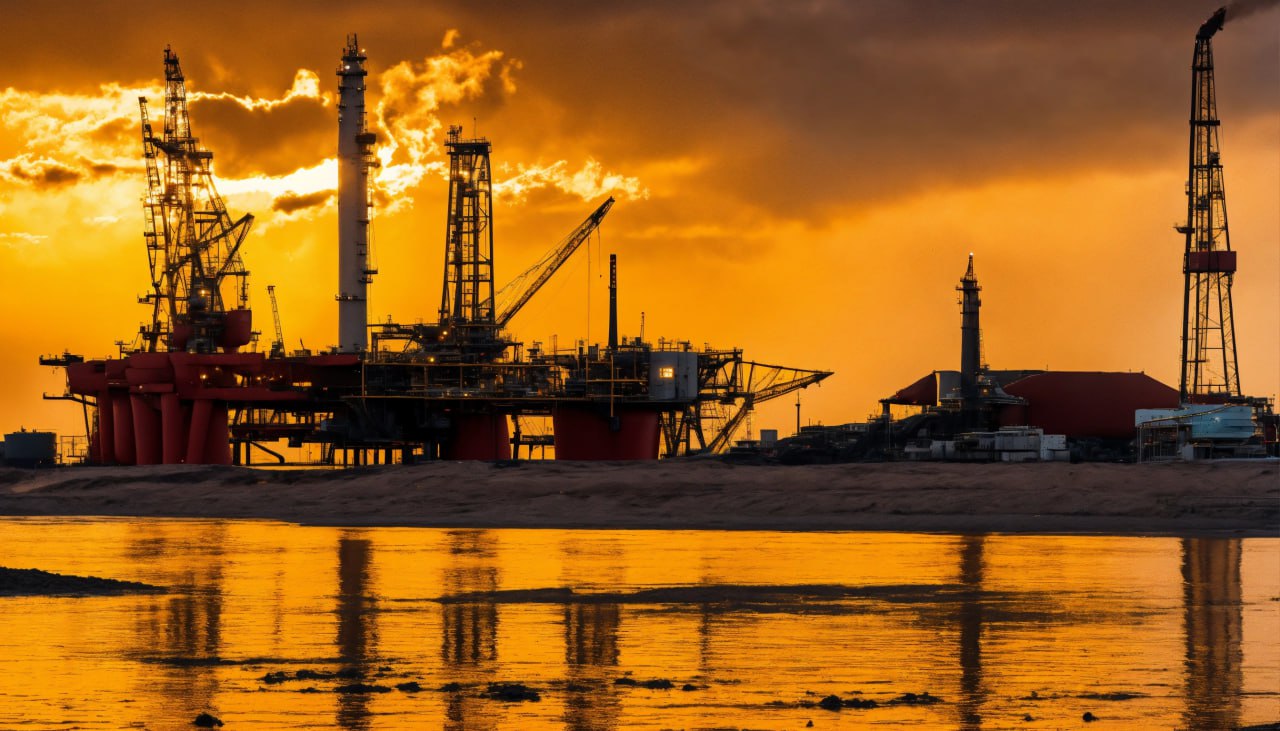
The oil and gas industry has always been at the forefront of technological innovation. As global energy demands increase and environmental regulations tighten, companies in the sector are turning to advanced technologies to optimize production, reduce costs, ensure safety, and meet sustainability goals. The Middle East, holding nearly half of the world’s proven oil reserves and over 40% of natural gas reserves, plays a pivotal role in this technological evolution. According to the International Energy Agency (IEA), global energy demand is set to rise by 25% by 2040, further stressing the need for efficiency and innovation in oil and gas operations. This article explores five of the most in-demand technologies transforming the oil and gas industry, particularly in the context of the Middle East’s strategic energy landscape.
Artificial Intelligence and Machine Learning are revolutionizing oil and gas operations by enabling smarter decision-making, predictive maintenance, and automation. According to a report by McKinsey & Company, the implementation of AI and ML in the oil and gas sector can reduce operational costs by up to 20% and increase productivity by 5-8%.
Usetech Case: SIMULATION OF HYDROCARBON ACCUMULATION SEARCH
Seismic exploration is used not only to find structures that may contain hydrocarbons, but also to select the optimal location for exploration wells drilling. The only reliable way to find out whether a trap contains industrial gas quantities is to drill a well. On average, only one out of three drilled wells turns out to be a field.
The solution is based on a droplet-bubble model of the field. The application of machine learning technologies makes it possible to discriminate spontaneous hydrocarbon oscillations at depths of up to 7 km from the surface microseismic noise.
As a result, the project generates a map of parameter anomalies corresponding to projections of field contours on the surface. The method allows the anomalies to be separated into gas and oil anomalies.
The project involves the migration of measured data to identify multilayer reservoirs. The migration results in a 3D model of the hydrocarbon reservoir, which allows the estimation of reserves. The developed approach makes it possible to identify hydrocarbon reservoirs, estimate reserves and make recommendations for the positioning of new wells.
Deloitte reports that IoT adoption in oil and gas could lead to savings of over $1 trillion globally by 2025 through improved asset management and operational efficiency.
The Internet of Things enables real-time monitoring and data collection across oil and gas infrastructure, from upstream exploration to downstream distribution.
According to MarketsandMarkets, the oil and gas robotics market is expected to grow from $13.5 billion in 2022 to $23.5 billion by 2027. Robotics and aerial drones are increasingly used to perform hazardous tasks and gather data from difficult-to-access areas, thereby improving safety and operational uptime.
The explosion of data in oil and gas operations has led to the adoption of advanced analytics and digital twin technologies to model and optimize asset performance. A 2021 study by Deloitte indicates that digital twin technology can increase asset efficiency by up to 10% and reduce maintenance costs by 20-25%.
The Middle East is expected to dominate the EOR market, with a projected CAGR of 7.8% through 2028, according to a report by Allied Market Research.
With many oil fields maturing, especially in the Middle East, Enhanced Oil Recovery (EOR) technologies are critical to extending the life of assets and maximizing output.
As the oil and gas industry navigates a rapidly changing global energy landscape, the integration of advanced technologies is no longer optional but essential. AI, IoT, robotics, data analytics, and EOR technologies are transforming how the sector operates, enhancing efficiency, safety, and sustainability.
Particularly in the Middle East, where national oil companies are leading multi-billion-dollar digital transformation initiatives, these technologies are shaping the future of energy production.
By investing in innovation and embracing digital transformation, the industry is not only meeting current challenges but also paving the way for a resilient, technology-driven future. As energy demands continue to rise, the adoption of these in-demand technologies will be a key differentiator for companies striving to remain competitive and sustainable in the long term.